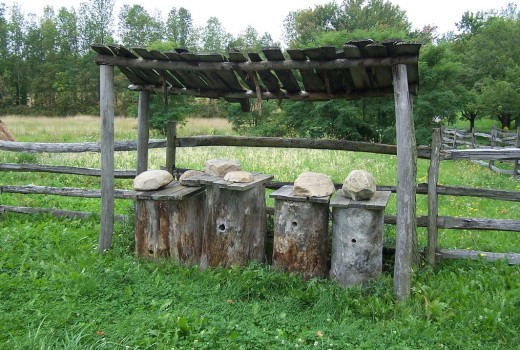What a load of tripe I guarantee feral hives in a tree suffer far heavier losses than mine and I would imagine most of the beekeepers here and even dare I say it even worse than the bbka averages. His general premise that bees select a cavity with 100mm of timber makes me laugh. I wonder how many trees he found with a cavity in the 10s of litres and a 10mm average.....none because the bloody tree would snap the first time a squirrel farts. So who selects the cavity the next gale or the bees. I’ve also got a large number of bait hives with 9mm, 12mm and 18mm ply that fill up every year.
Last edited:




 He says varroa don’t like humidity.....did they not originate in Southern Asia
He says varroa don’t like humidity.....did they not originate in Southern Asia










































 especially as honeybees are in no need of saving anyway
especially as honeybees are in no need of saving anyway